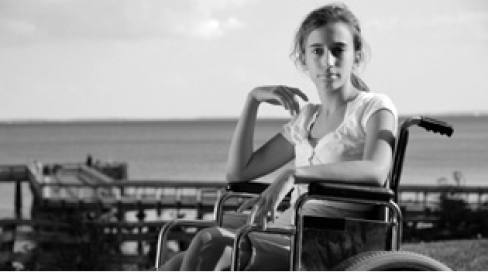Disability and Aging Considerations in Emergency Preparedness and Disaster Response: Rationale and Benefits of Inclusion
- Inviting people with diverse disabilities and older persons to be full, active partners in all aspects of emergency preparedness, response, recovery and mitigation benefits the whole community.
- People who have disabilities and older people are experts on their own needs and have a unique set of skills and knowledge to contribute to the field.
- Including agencies and institutions that address disability and aging issues in all aspects of emergency preparedness and disaster relief work is an important means of introducing universal strategies into practices that benefit the entire community.
- The most comprehensive and inclusive plans, policies, procedures and activities are those that ensure full accessibility to and inclusion of disabled and older people.
- Invite representatives of the disability and senior communities to provide input into all aspects of disaster planning, response and relief.
- Create a means of ensuring that (a) opportunities for input and dialogue are ongoing and (b) reviews and testing are built into plans, policies and procedures.
- Incorporate principles of universal design into plans, policies and procedures, and take into account legal requirements relevant to aging and disability.
- i. [Brief description of some examples (ADA, etc.) and a link to find out about how they impact emergency prep and disaster relief]
- Make emergency preparedness plans, programs and outreach efforts available in accessible formats, multiple languages and other diverse ways to enable everyone to have access.
- Ensure that documents, media advisories and other methods of communicating information about recovery and relief plans, programs and outreach efforts are available in formats accessible to people with disabilities and older adults — e.g., visually interpreted for people with hearing disabilities and audio, Braille, large print and other alternatives for people with visual disabilities.
- Make sure that Web sites are accessible.
Accessible Web Design: An Introduction
•WebAIM (Web Accessibility in Mind)
•Knowbility
- Make sure that Web sites are accessible.
- Build flexibility into policies and procedures during rescue and recovery so that operations can be readily adapted to meet the needs of disabled and older people.
- Make sure that emergency supplies reflect the diverse needs of the disability and aging communities for equipment and assistive devices and that there are funds to meet such needs.
- Media outlets can serve as allies in emergency planning and disaster relief efforts to ensure that emergency communication systems incorporate means of reaching people with disabilities.
- First responders can be trained to be fully aware of the needs of older adults and people with a wide range of disabilities and so help everyone in need.
- Ensure that training for first responders integrates a range of strategies to meet the needs of disabled and older people as well as information about the complex impact of emergencies on these groups.
- Invite disabled and older people with the necessary skills and background to participate in trainings with emergency personnel to provide information on disability and aging needs and suggestions on how to respond to them.
 Disability Funders Network
Disability Funders Network
